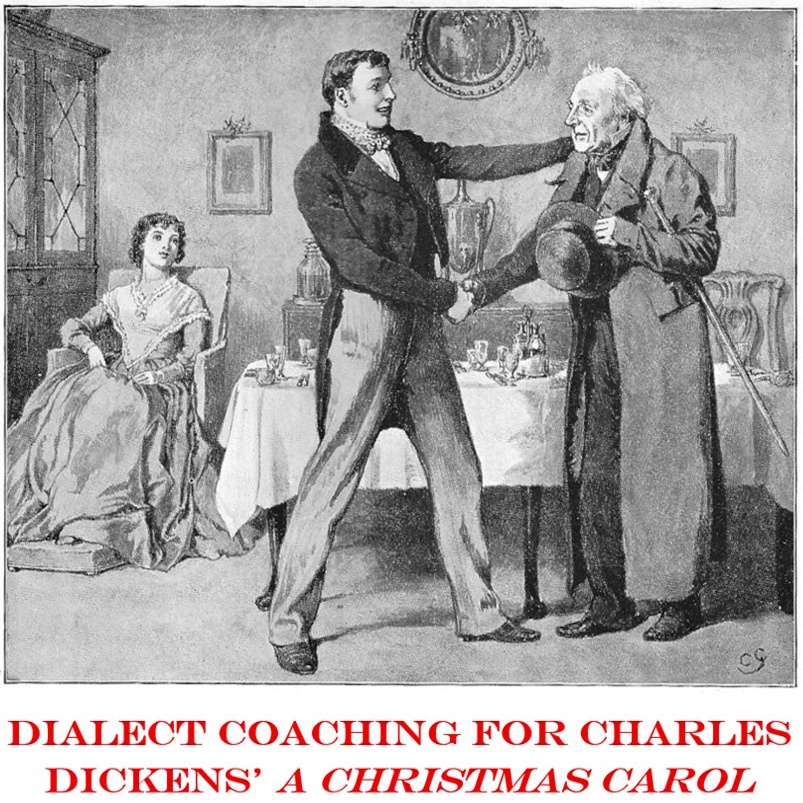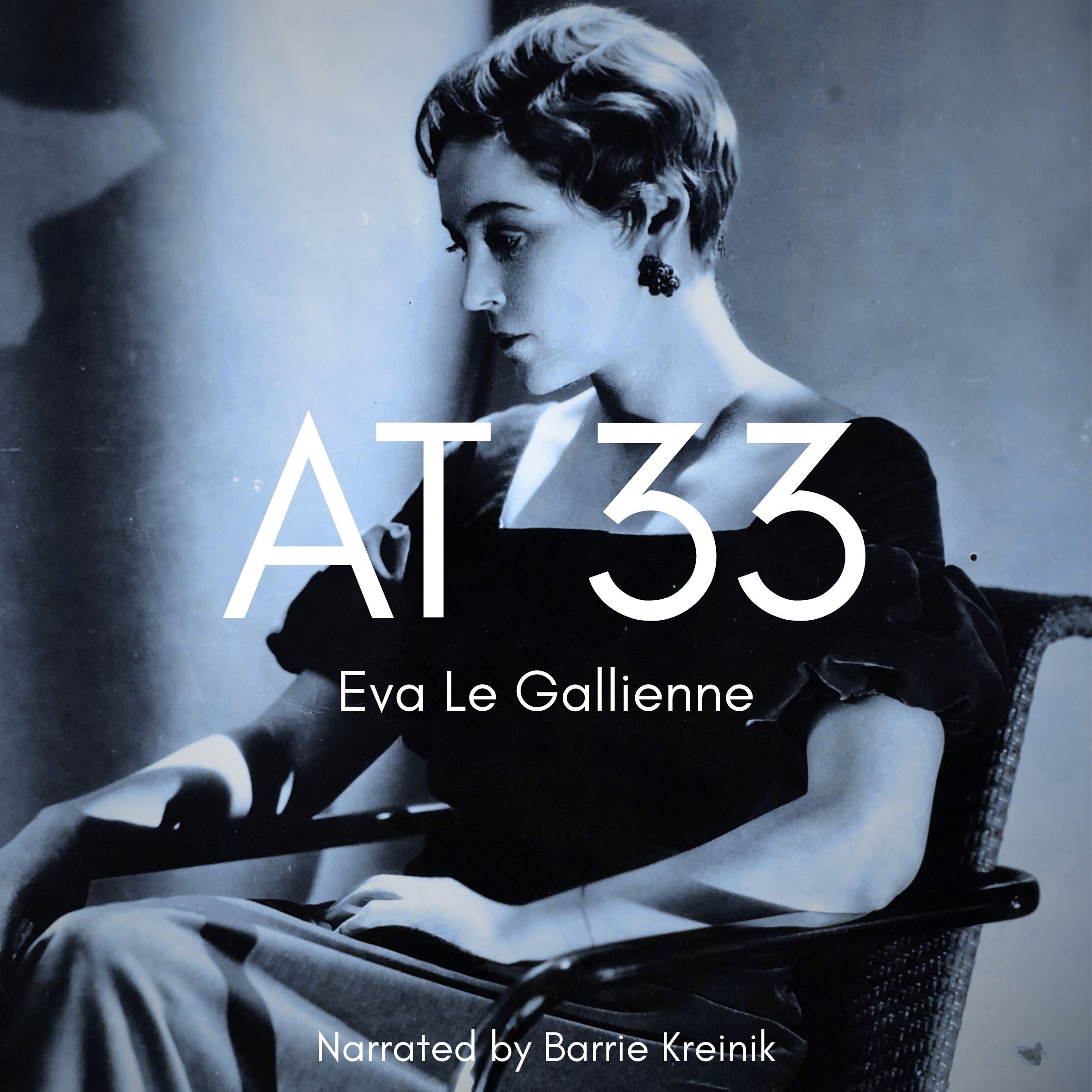Mississippi 14
Listen to Mississippi 14, a 53-year-old woman from Monticello, Mississippi, and California, United States. Click or tap the triangle-shaped play button to hear the subject.
Both as a courtesy and to comply with copyright law, please remember to credit IDEA for direct or indirect use of samples. IDEA is a free resource; please consider supporting us.
BIOGRAPHICAL INFORMATION
AGE: 53
DATE OF BIRTH (DD/MM/YYYY): 19/08/1963
PLACE OF BIRTH: Monticello, Mississippi
GENDER: female
ETHNICITY: Caucasian
OCCUPATION: School District Accounting (Facilities and Invoicing)
EDUCATION: bachelor’s degree in business administration
AREAS OF RESIDENCE OUTSIDE REPRESENTATIVE REGION FOR LONGER THAN SIX MONTHS:
The subject moved to the San Fernando Valley in California in 1985 and has lived in Southern California ever since.
OTHER INFLUENCES ON SPEECH:
She was educated in Oxford, Mississippi.
The text used in our recordings of scripted speech can be found by clicking here.
RECORDED BY: Aaron Ford (under supervision of David Nevell)
DATE OF RECORDING (DD/MM/YYYY): 31/03/2017
PHONETIC TRANSCRIPTION OF SCRIPTED SPEECH: N/A
TRANSCRIBED BY: N/A
DATE OF TRANSCRIPTION (DD/MM/YYYY): N/A
ORTHOGRAPHIC TRANSCRIPTION OF UNSCRIPTED SPEECH:
It’s, OK, it’s a very small town. Like, the — my graduating class was 115 students. Um, and the first year I started school, um, was the first year that the schools were integrated. So that was my, my, um, uh, first-grade year. Kindergarten wasn’t a thing back then, so if you went to kindergarten, it was always private kindergarten, and, um, that was at the Baptist church, so, first grade. Um, one day, you kept hearing, like, there were a lot of people that weren’t going to school, and parents that weren’t gonna send their kids, and, um, it was like, all the, the kids that had been at separate schools, so all the black children came to school, and, um, it was the first year of integration.
It was, uh, it was a very small town so, as you’re growing up and you’re a teenager, there’s not much to do. So the big thing to do was to hang out at the Baptist church because they had, um, they would take trips to places and go to movies — we didn’t have a movie theater. Um, and they’d go bowling; they’d do excursions; so at the Baptist church there was a pool table, and there was a gymnasium, and there were — there were TVs, so you could kind of like, group and cluster with — with, uh, other people. Um, but, and the Little League field, so, Little League Baseball was kind of like a summer activity. Um, we got the first drive-in, uh, fast food restaurant when, uh, it was my junior year in high school, and that was a Sonic Drive-In. So that was a big deal to be able to go to Sonic. But mainly in high school, I mean you would go and just kinda sit in store parking lots and hang out, you know, ‘til you had to go home. So, there — it’s not like there were — there were places to go and things to do.
Um, we have a motor home, and so we like to, to camp, and when we retire, hopefully in the not-too-far-away future, we would like to just go, like, there’s a loop you can do, um, which takes you to almost all of the, the, I think it’s all the 48 or close to all the 48 contiguous states, so that would be something that would be fun to do. And, to spend amount, an amount of time anywhere; I think eventually I would probably like to be back somewhere Southern. Especially, I mean, we have, between us, five children, and so we talk about being somewhere maybe where we’re near enough to a large airport where everyone, no matter where they are, um, is just a plane ride away.
TRANSCRIBED BY: Aaron Ford (under supervision of David Nevell)
DATE OF TRANSCRIPTION (DD/MM/YYYY): 31/03/2017
PHONETIC TRANSCRIPTION OF UNSCRIPTED SPEECH: N/A
TRANSCRIBED BY: N/A
DATE OF TRANSCRIPTION (DD/MM/YYYY): N/A
SCHOLARLY COMMENTARY: N/A
COMMENTARY BY: N/A
DATE OF COMMENTARY (DD/MM/YYYY): N/A
The archive provides:
- Recordings of accent/dialect speakers from the region you select.
- Text of the speakers’ biographical details.
- Scholarly commentary and analysis in some cases.
- In most cases, an orthographic transcription of the speakers’ unscripted speech. In a small number of cases, you will also find a narrow phonetic transcription of the sample (see Phonetic Transcriptions for a complete list). The recordings average four minutes in length and feature both the reading of one of two standard passages, and some unscripted speech. The two passages are Comma Gets a Cure (currently our standard passage) and The Rainbow Passage (used in our earliest recordings).
For instructional materials or coaching in the accents and dialects represented here, please go to Other Dialect Services.
 IDEA: International Dialects of English Archive
IDEA: International Dialects of English Archive




